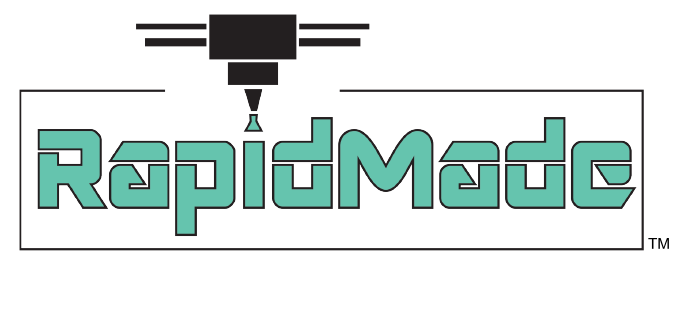In today’s competitive business landscape, companies are seeking new and innovative ways to accommodate consumer demand while offsetting rising production costs. Regardless of your industry, mechanical assemblies are utilized in both an industrial capacity as well as consumer products. Even fairly inexpensive items can be comprised of a multitude of individual components. For more intricate machinery, there can be hundreds, if not thousands, of individual parts within its design.
Additive manufacturing (AM), also known as 3D printing, has vastly evolved over the years – driving efficiency and optimizing designs through part consolidation. One of the biggest advantages of additive manufacturing is its ability to consolidate complex assemblies composed of many parts into a single unit.
To put this into perspective, if you’ve boarded a flight recently, you may have already experienced the end-product of using AM for part consolidation. That’s because GE, a leader in the aerospace industry, utilized additive manufacturing to create the fuel nozzle for a CFM International aircraft engine. The fuel nozzle, previously made up of 20 separate components, was transformed into one unit with a 25% reduction in weight.
The Advantages of Additive Manufacturing for Part Consolidation
Additive manufacturing is uniquely capable of handling complex geometries – a feat virtually impossible via traditional manufacturing methods. In addition to this, additive manufacturing for part consolidation offers several other valuable benefits.
1. Reduced Material & Waste
With traditional manufacturing processes, there’s typically a correlation between part complexity and cost increase. However, in additive manufacturing, part cost doesn’t increase due to the level of complexity. In a majority of instances, businesses will experience a reduction in costs as increased complexity often equates to less material usage. In lieu of collecting and cleaning waste, like cooling fluids and metal shavings, AM offers an environmentally-friendly alternative that decreases waste, saving companies time and money.
2. Decreased Production Costs
Since fewer parts are needed to produce the finished product, you’ll naturally decrease the dollars spent on assembly costs. When you remove assembly needs from the equation, that also means you’ll reap cost-saving benefits across other areas, like inventory management or quality control. Likewise, using AM to consolidate parts into a single unit reduces the risk of facing project delays and other hidden costs.
3. Improved Performance
Additive manufacturing is also praised for its ability to produce better-performing parts. Why? Because it enables the creation of intricate shapes and patterns that simply can’t be produced via legacy manufacturing. AM also improves product performance through characteristics like high strength-to-weight ratios, mechanical properties, energy absorption, heat transfer and fluid flow, and lighter weighing parts.
4. Reduce Risk and Eliminate Tooling
Part consolidation can decrease, or completely eliminate, a myriad of risks. For instance, you avoid the prospect of your supplier no longer being able to supply a particular part. And this risk is only magnified as the number of parts in the assembly increases. Another benefit AM offers is reducing the chances of part failure, since the part is manufactured as one unit rather that various separate pieces. You’ll also decrease the risk of obsolescence because you will not have to dispose of the remaining inventory when the part reaches the end of its lifespan. Parts can be made quickly without any tooling investment so your unit costs are your only costs. With high investments in time and tooling, your risk is much lower.
5. Eliminate Assembly Labor
It’s so hard to find good help these days - really! With many manufacturers short on skilled labor, anywhere they can cut assembly they are saving big on costs and more importantly production bottlenecks. Because of the design freedom that AM provides, manufacturers can produce incredibly complex assemblies in a single piece, totally eliminating complex assembly requirements and freeing up labor for other activities. With proper clearance, assemblies can even freely move and articulate!
Additive Processes and Part Consolidation
There are a variety of applications where additive manufacturing and part consolidation can deliver powerful benefits. From structural pieces to mechanical assemblies, businesses that leverage additive manufacturing are seeing decreased costs, increased performance, better product durability, and faster speed to market.
As 3D printing continues to evolve, so will its positive impact on manufacturing processes. To learn more about how the experts at RapidMade can help you reap all these benefits and more, contact our team today for a free quote.

